“Wash at your own risk – we do. We recommend washing projects by hand with a mild detergent. Drip dry. Make sure you remove your power supply first!”. That’s what is stated in black and white on the official website of LilyPad, Arduino’s microcontroller devoted to the development of e-textiles projects. The high-maintenance of LilyPad based garments isn’t only about care. Their fragility, in fact, talks about the current state of the art of the wearable technologies sector. While few electronic components have become a mature and affirmed standard, their applications still live in the age of infancy: full of unbridled enthusiasm, broken steps and great expectations, looming an intriguing horizon of new shapes and functions, that we only glimpse in the distance.
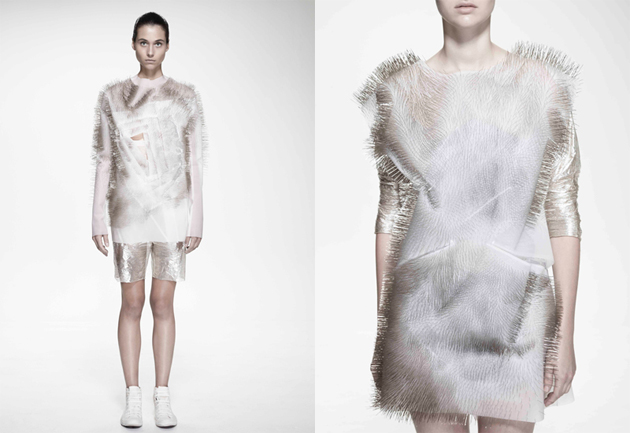
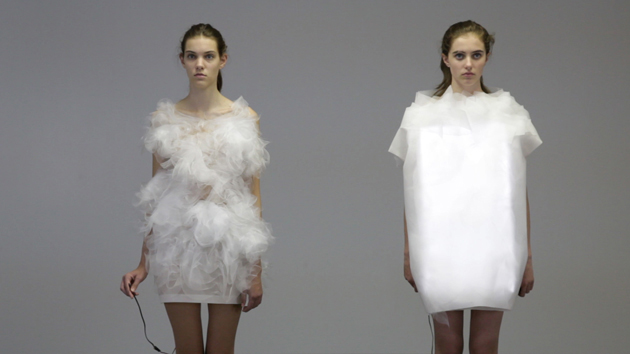
Back to the present and its underground world of tech nerds, we have been looking for an exception, somebody engaged in developing a personal aesthetic vision that might be closer to a meaningful artefact, instead of a feasible application. Thus, we came across the wonderful talent of Ying Gao, a Montreal-based fashion designer who stands out for her capacity to satisfy both the demanding taste of fashion victims and the quest for interaction of design geeks. Her approach to e-textiles is not focused on implementing the most widespread tech features (such as the geolocalization or the embedded energy recharging systems). On the contrary, she’s keen on researching a new poetical language that puts together sensitive dresses and imaginative concepts into an unprecedented interactive process.
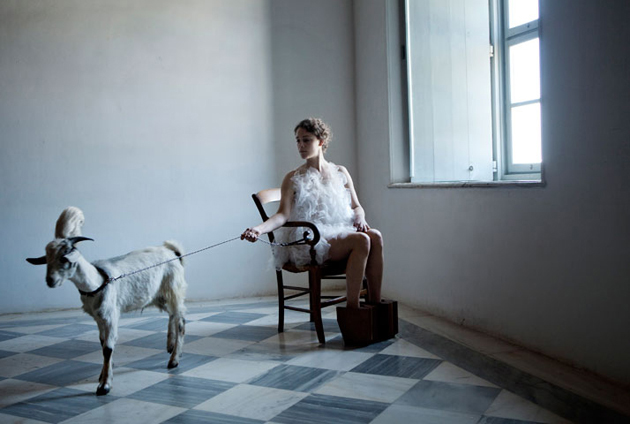
The spectator has a key role: triggering the dialogue between the garment and its environment. In Incertitudes, people’s voice activates the garments’ pins, which start moving and simulating a halting dialogue with humans. In Walking city, inspired by Archigram’s mobile structures, the breath provokes a garment inflation through the launch of a pneumatic mechanism embedded between the two materials used, cotton and nylon, with electronic components.
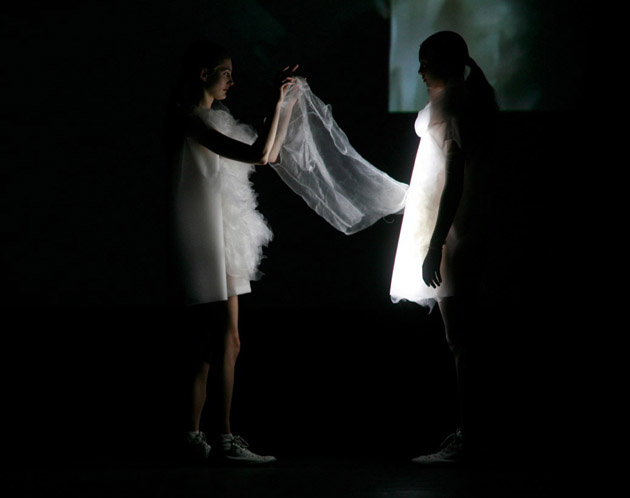
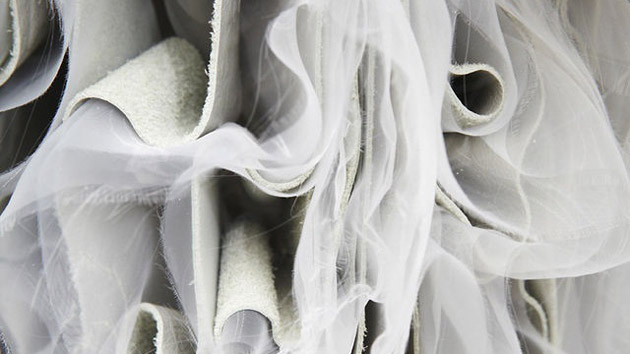
Inspired by Jacques Tati’s masterpiece, her Playtime stimulates the viewer to reconsider the perception of her dresses: the flashes of cameras (and tablets) light up their surfaces, transforming both of them into a dazzling surface: a metaphor of the trompe l’oeil that keeps on making our society, and even its most intelligent contemporary coutures, invest.
Giulia Zappa
